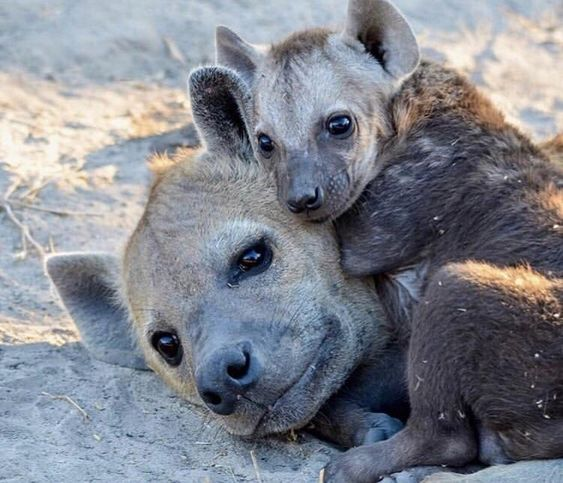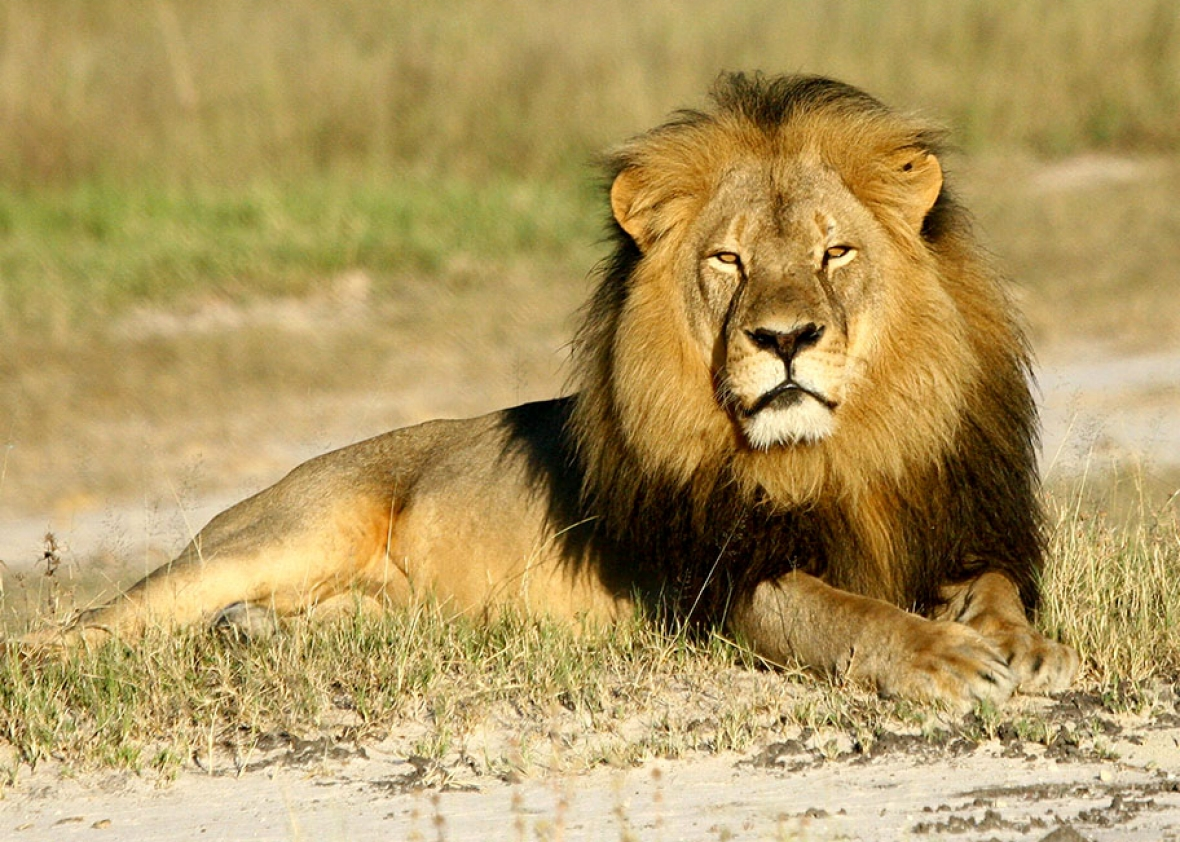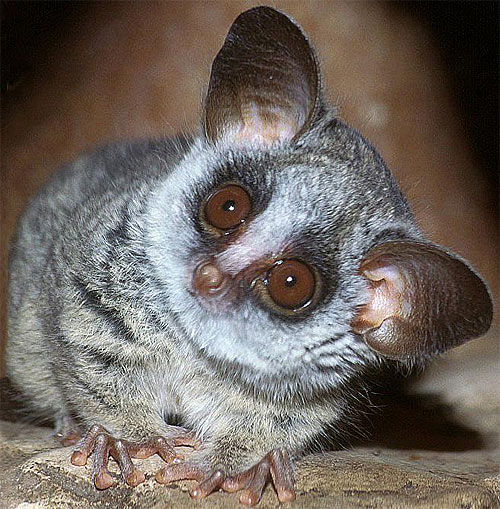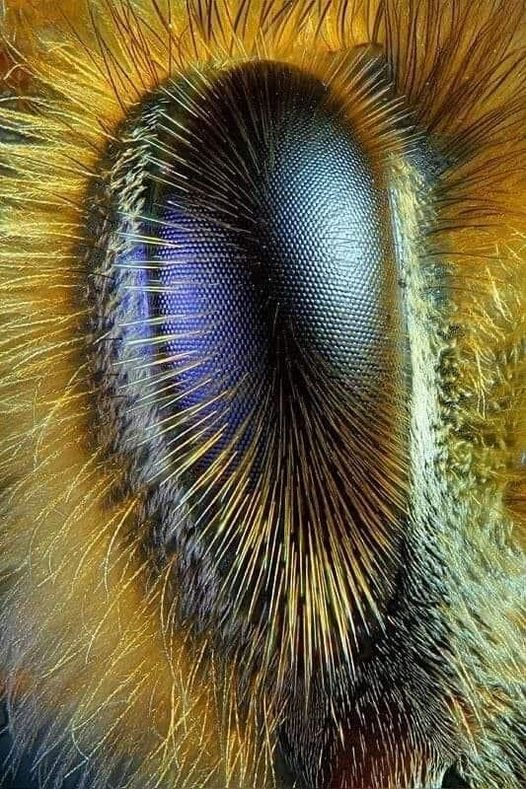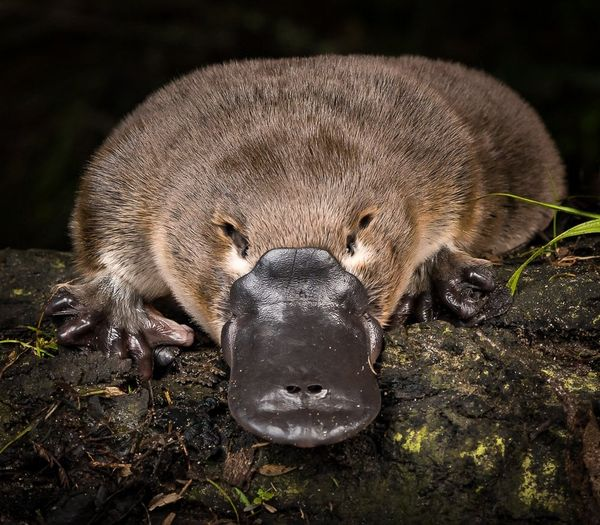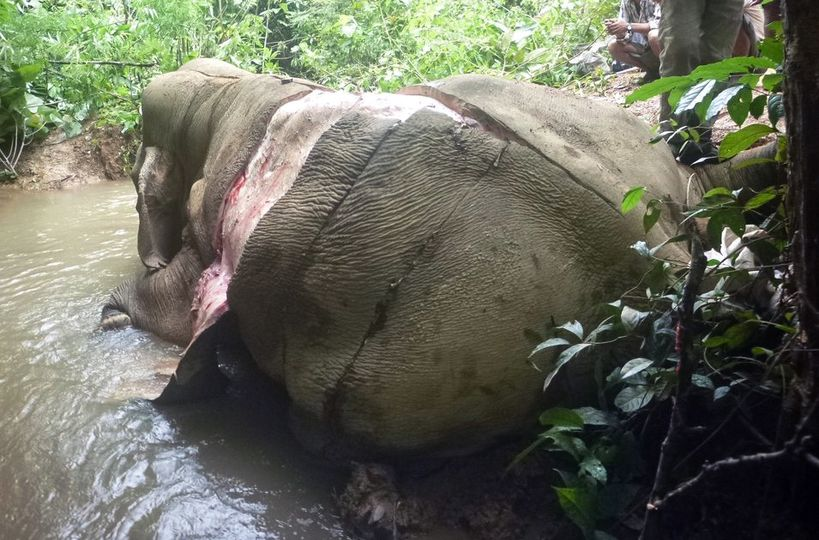This bizarre and wonderful animal is the only primate to do this…
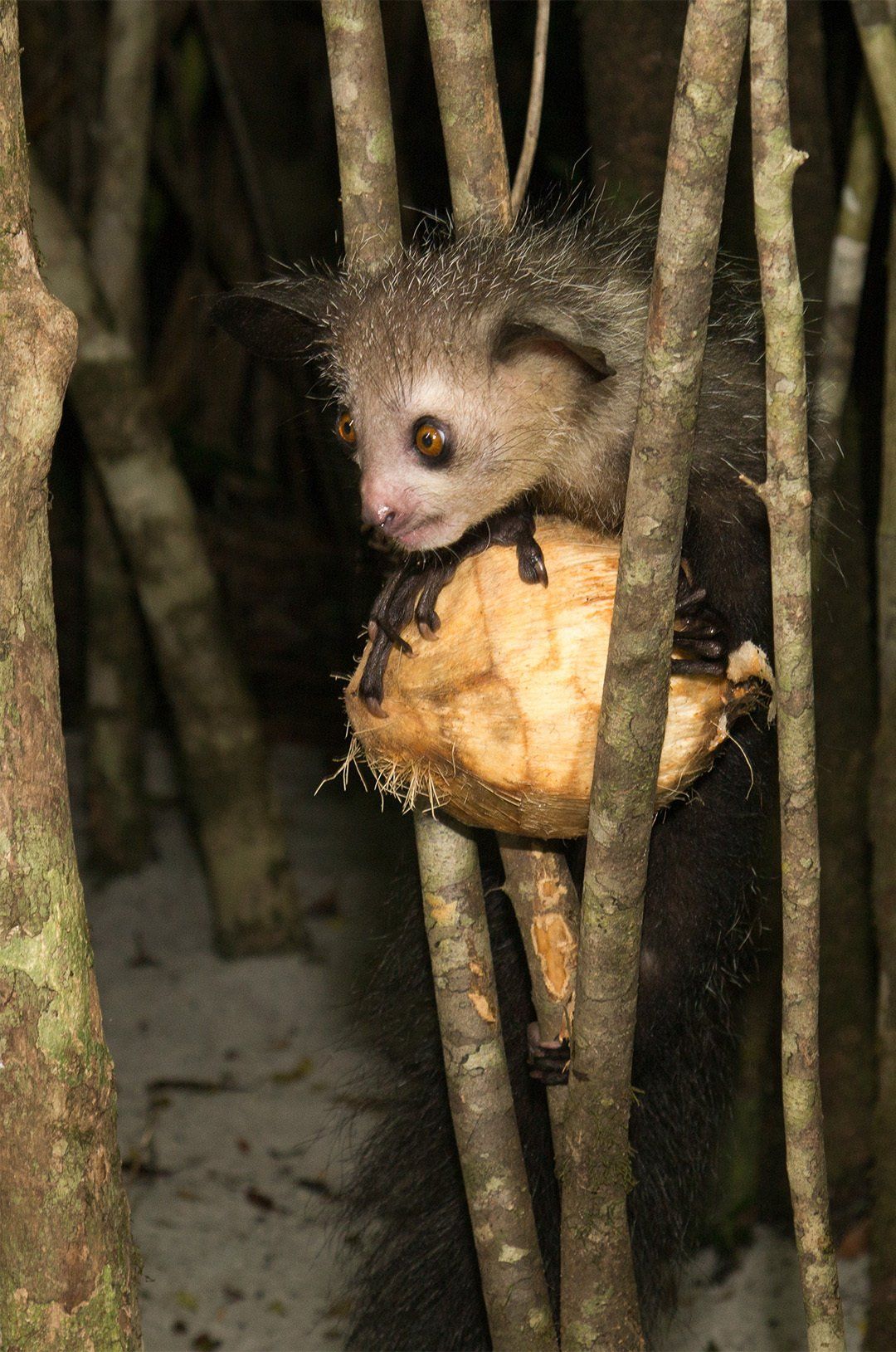
Can you guess the animal?
Here are a few clues…
It is endemic to Madagascar.
It is an omnivore and most of its diet consists of nectar, fruits and other tree growth, but they’ll certainly not ignore insects, especially beetle larvae.
This is an endangered primate.
It is an interesting member of the lemur family (which are also endemic to Madagascar) but the most specialised member within that family.
It is the remarkable and rarely seen Aye-aye.
Let me add a bit of information about this interesting primate, but first it’s best to begin at the basics….
The aye-aye belongs to a group of primates called ‘prosimians’ – forerunners of monkeys. A group of ancient tree-dwellers different to the other two groups of tree-dwellers. This third group, prosimians, also have hands, but hands developed to use differently. Various tree-dwellers use their hands as hooks, like fruit bats, but prosimians use them as clamps.
Aye-ayes are extremely shy and nocturnal foragers, and they prefer to work alone, so they’re largely solitary primates. Despite this harmless and peaceful animal going about their business in a peaceful manner and going out of their way to avoid people, they’re mercilessly hunted and/or trapped and killed for stupid, superstitious beliefs. The locals believe they’re harbingers of evil, causing and spreading great harm and suffering.
Despite the scariness of their outward appearance to the locals and similar, the aye-ayes are in fact a harmless creature and pose no threat to any person, of any age. Unfortunately, humans tend to destroy what they fear, and their totally unnecessary persecution is a perfect example. So, obviously the locals/natives fear them. The truth is these are helpful animals and pose absolutely no threat to humankind. Fear isn’t the first feeling I get when I see one, so therefore I can only understand the local’s belief a smidgeon. It was likely fear that gripped the villagers at first and that branched out into mass tendrils of the most destructive emotion – hate.
I find their unique appearance fascinating, intriguing and rather appealing – with their large ears which they usually cup against a branch to hear the whispery and tell-tale rustlings of an insect inside the branch, and their wide-set and well-developed eyes with their penetrating gaze. All perfect adaptations to ensure clearer vision as they hunt and move around in the dark.
That skeletal digit scares the hell out of many locals, because they believe once the aye-aye points it at them, terrible, evil things like bad luck, ill-health and even death will befall them. The benign aye-ayes have no time for that utter nonsense and use them for far more practical reasons. That elongated finger, unlike any other toe or finger, taps on tree branches as they move along its surface. They intently listen. They’re the only primates to use echolocation because they listen for the hollow echo of a chamber concealing a destructive, juicy larvae and the faint rustle of the often disturbed and disgruntled larvae squirming about in protest of being rudely awakened.
This rare and enigmatic primate then pushes that long finger, which resembles a jointed rod with a hook at the end (their nail), through a narrow opening, or they gnaw an opening with particularly long and chisel-like teeth, and like a rodent, they have open roots which allows their teeth to grow as fast as they’re worn down. No other prosimian has such teeth. Once they’ve used their unique carpentry skills, they spear those unfortunate larvae with that specially adapted middle-finger and then eat the hooked and extracted insect capable of destroying a tree.
The native Madagascan inhabitants’ misguided and heartless action has largely influenced their demise and caused the aye-aye to be an endangered species. The destruction of their leafy habitats - be it forests, plantations or swampy mangroves - for human living areas, or to clear areas for agricultural and other purposes (largely by companies from other countries) isn’t helping their survival one bit.
And you know what I find funny?
The aye-ayes create a functioning habitat which offers these locals food, shelter and many other beneficial commodities, yet here they are, often killing this poor creature on sight with no idea of the good they do because the aye-aye is responsible for ensuring the survival and health of many trees and plants.
'Photo - That specialised digit comes in handy for scooping out delectable coconut flesh.'
